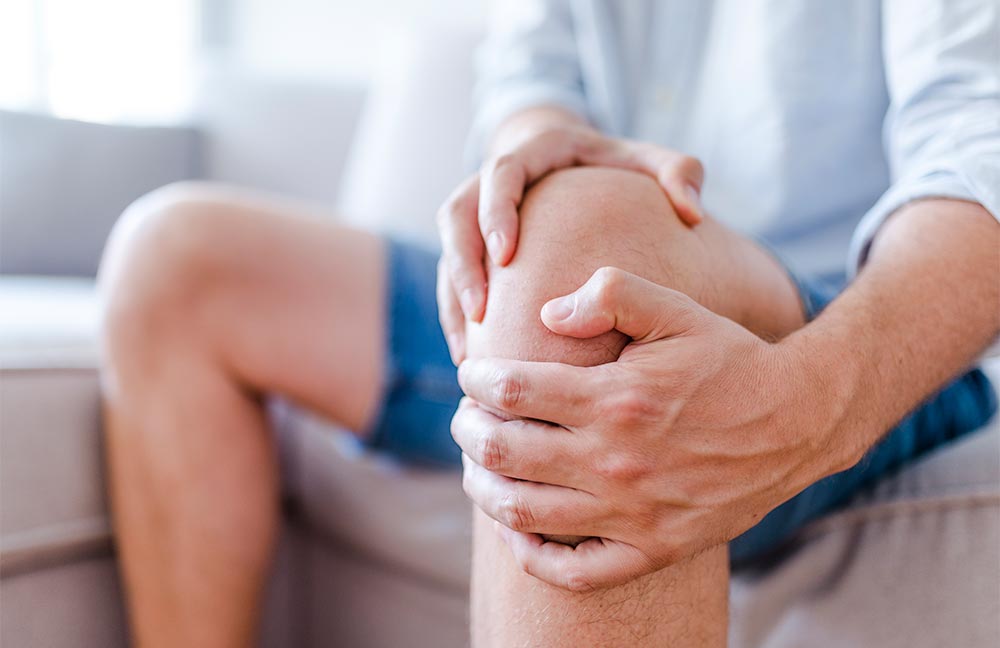Arthroscopic Surgery

Shoulder Arthroscopic Surgery
The shoulder is a complex ball and socket joint made up of three bones; 1. The humerus is the upper arm bone. 2. The Scapula is the shoulder blade. 3. The clavicle is the collar bone. The arm is kept in the socket by a cap of four muscles called the rotator cuff. The shoulder is capable of the most motion compared to any other joint in the body. Injury to the shoulder can include damage to the rotator cuff by injury or overuse, bursitis which is inflammation of the soft tissue cushion between the bones, damage to the labrum or cartilage, and arthritis. Simple activities such as putting on a shirt or sleeping on the shoulder at night can be painful when these structures are damaged.
Arthroscopic surgery is a surgical procedure which allows our physicians to view a joint without making a large incision through the skin. This system is used to diagnose and treat a wide range of shoulder problems. During the surgical procedure, a small camera called an arthroscope is inserted into the joint. The surgeon then uses these images to guide miniature surgical instruments which aid in exploring and correcting problems of the joint. Due to the small size of the instruments, patients will have less pain, less stiffness, and shorter recovery time.
Patients may receive shoulder arthroscopy if pain in the shoulder has not responded to nonsurgical treatment including physical therapy or medications. Most shoulder problems are caused by injury and age-related wear and tear. If you are having trouble moving your shoulder and performing simple tasks then schedule an appointment with one of our physicians at Orthopaedic Specialists of Massachusetts. Our shoulder arthroscopy surgeons have extensive knowledge, skill, and years of experience to provide you the most optimal outcome.

Knee Arthroscopy Surgery
The knee is the largest joint in the body and made up of three parts; 1. The femur is the lower end of the thigh bone. 2. The tibia is the upper end of the shin bone. 3. The kneecap is called the patella. The place where these three bones meet is covered with articular cartilage. This smooth substance protects the bones and allows them to glide easily. Large ligaments hold the femur and tibia together and provide stability, while menisci are cartilage wedges that act as cushions for the joint. Normally, all of these components of the knee work together in harmony and lead to healthy knees which are required to perform everyday activities.
Arthroscopic surgery is a surgical procedure which allows our physicians to view a joint without making a large incision through the skin. This system is used to diagnose and treat a wide range of knee problems. During the surgical procedure, a small camera called an arthroscope is inserted into the joint. The surgeon then uses these images to guide miniature surgical instruments which aid in exploring and correcting problems of the joint. Due to the small size of the instruments, patients will have less pain, less stiffness, and shorter recovery time.
Knee arthroscopy can treat or correct problems within the joint and help with diagnosing issues not otherwise seen on imaging tests such as a MRI.
Arthroscopic knee surgery can diagnose and treat many knee injuries including:
- Torn ligaments, both anterior (ACL) and posterior (PCL)
- Torn meniscus (cushion cartilage between the knee bones)
- Kneecap re-positioning
- Torn surface cartilage which lines the bones
- Baker’s cyst removal
- Knee bone fractures
